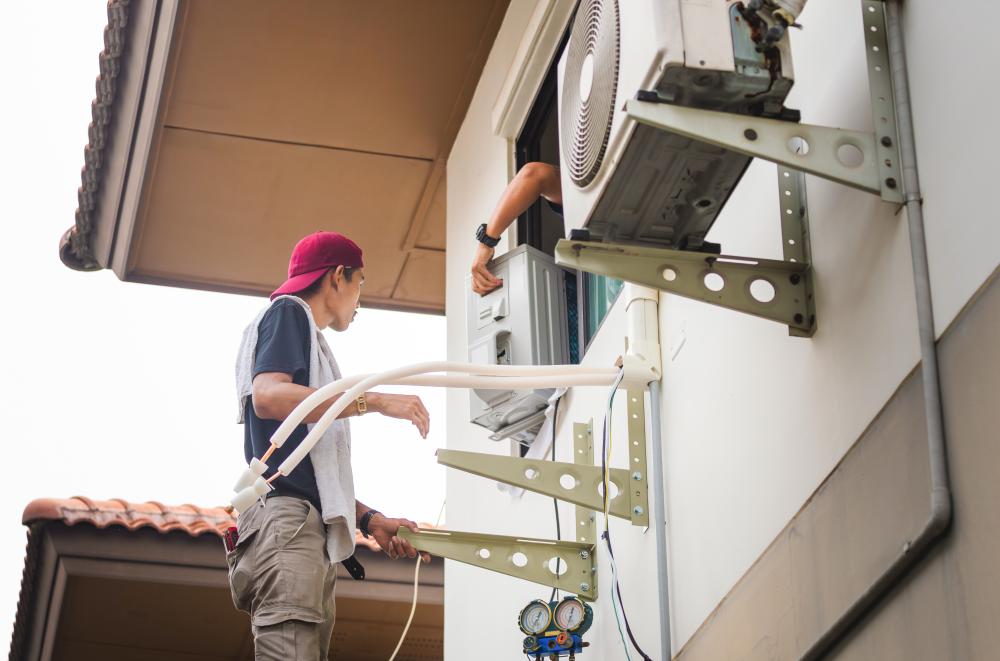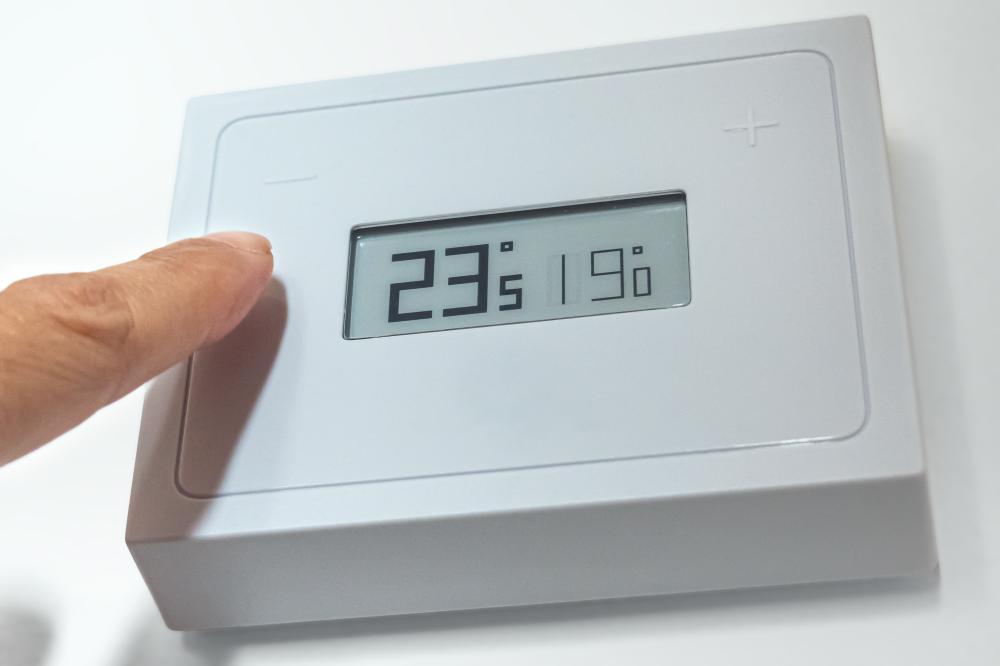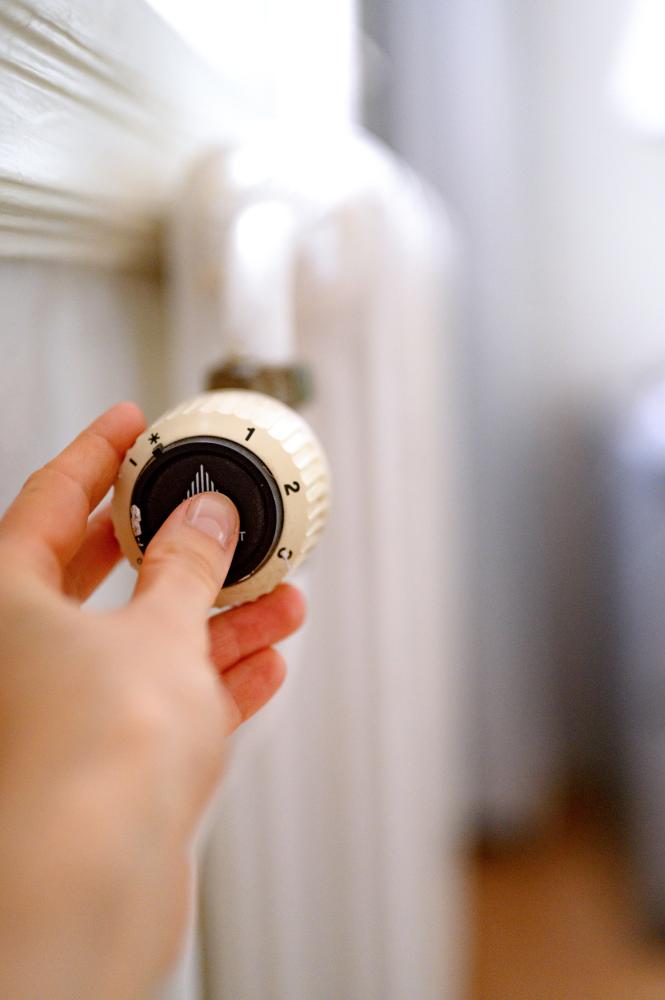How Repair Air Conditioner

Diagnosing Common AC Troubles
When it comes to understanding how repair air conditioner issues, the first critical step is diagnosing the problem accurately. Many air conditioners face common dilemmas such as insufficient cooling, strange noises, or even total failure to start. These issues can stem from reasons like a dirty filter, electrical problems, or refrigerant leaks.
In my experience, a quick inspection of the filter can often shed light on airflow issues. A blocked filter restricts air circulation, causing the unit to work harder and less efficiently. Cleaning or replacing it might just do the trick.
Sometimes, the problem might not be visible. Home Alliance's technicians often find that electrical issues, like faulty wiring or blown fuses, are the culprits. Addressing these requires a professional touch to ensure safety and proper handling.
Another frequent scenario is refrigerant leaks, which are not only problematic for system efficiency but also for the environment. Detecting such leaks often demands professional tools and expertise, something that our skilled team can provide with precision.
DIY Solutions Versus Professional Repairs
The dilemma of whether to attempt repairs on your own or call in professionals like Home Alliance can be challenging. DIY enthusiasts often feel equipped to tackle minor issues, but certain problems might require more expertise. Faced with the question of how repair air conditioner systems by yourself, start with simple tasks.
Tasks such as cleaning the exterior, unclogging the drain line, and changing filters are relatively safe and can improve efficiency significantly. However, I always stress the importance of knowing your limits when it comes to DIY repairs. Engaging in more complicated repairs without adequate knowledge can lead to more harm than good, potentially voiding warranties or causing safety hazards.
Choosing professional help ensures that the repair work is done to standard and might save you time and money in the long run. Home Alliance offers emergency services around the clock, providing peace of mind when problems arise unexpectedly.
Long-term Maintenance and Considerations
Regular maintenance plays a vital role in prolonging the lifespan of your AC unit. Simple practices, such as regular filter changes, can significantly enhance the efficiency of your system. Home Alliance encourages customers to schedule routine check-ups, which can preemptively address potential issues before they become significant repairs.
Investing in a maintenance contract with a company like Home Alliance can lead to better system performance and reduced risk of breakdowns. During these check-ups, our team inspects and cleans critical components, ensuring everything functions smoothly.
Additionally, consider upgrading older systems to modern, energy-efficient models. These updates not only contribute to lower energy bills but also reduce your carbon footprint. Our team at Home Alliance is well-versed in the latest HVAC technologies and can guide you through the process of selecting and installing a new system if needed.
While understanding how repair air conditioner problems is crucial, maintaining your unit can go a long way in preserving its efficiency and reliability. Partnering with a trusted service provider like Home Alliance maximizes your equipment's potential, keeping your home or office comfortable year-round.
When to Seek Professional Help
While DIY solutions can be effective, there comes a point when professional expertise is indispensable. For those wondering how repair air conditioner tasks might stretch their skills, consider signs like persistent poor performance or unusual noises as red flags. These symptoms often indicate underlying problems that only trained technicians can adequately address.
In one memorable instance, a client attempted to fix a recurring power issue on their own but ended up damaging the unit's circuit board. It resulted in higher repair costs than if a professional had been consulted initially. At Home Alliance, our technicians are trained to handle such nuances, equipped with the knowledge and tools for a swift resolution.
Remember, attempting to fix electrical components without the right expertise can lead to safety hazards, including short circuits or even fires. Our team is always ready to step in, ensuring your AC system is up and running efficiently and safely. Home Alliance is committed to providing reliable solutions, ensuring your comfort isn't compromised.

Identifying Common Thermostat Issues
Is your thermostat behaving erratically or refusing to respond? Before diving into how to fix a thermostat, it's essential to identify the problem. Issues often stem from power failures, poor wiring connections, or dead batteries. If your thermostat is battery-operated, ensure the batteries are fresh. Sometimes, a simple battery replacement is all it takes to restore functionality.
Next, examine the wiring connections. Loose or corroded wires can disrupt the signal between your thermostat and the HVAC system. Tightening connections or cleaning terminals might resolve these issues. Additionally, if you notice the thermostat is still not functioning correctly after these adjustments, check the power supply to the unit or consult with a professional for a more in-depth inspection.
Troubleshooting Tips for DIY Repairs
Once you've identified the issue, there are several steps you can take to address how to fix a thermostat. Begin by checking the thermostat's settings. Occasionally, someone might have accidentally changed them without realizing. Verify that the thermostat is set to the correct mode (heating or cooling) and temperature.
If the settings are correct, but the problem persists, consider recalibrating the thermostat. Over time, thermostats can lose their accuracy, leading to inefficient heating or cooling. Most modern thermostats have straightforward recalibration steps, but if you're unsure, the user manual often provides guidance. Calibration can ensure your system operates at optimal levels.
Should recalibration not solve the issue, a more technical approach involves resetting the thermostat. This process varies from model to model, but it usually involves pressing a reset button or removing the batteries for a specific time. Resetting can often clear any software or connectivity hitches the thermostat might have encountered.
When to Call in the Professionals
If you've gone through these troubleshooting steps and your thermostat remains unresponsive, it might be time to call in the experts, like the skilled technicians at Home Alliance. While DIY efforts can address some basic issues, certain problems require professional insight. For example, complex wiring issues or internal component failures often necessitate an experienced hand to ensure safety and efficiency.
Home Alliance boasts a team of seasoned professionals adept at determining how to fix a thermostat with precision and ease. With a reputation for prompt and friendly service, Home Alliance ensures that your comfort is quickly restored. Their commitment to quality and customer satisfaction stands out, making them a trusted choice for both residential and commercial HVAC needs.
Additionally, consider Home Alliance for preventive maintenance solutions. Regular inspections and service can preempt potential thermostat issues, extending the life of your HVAC system and improving its efficiency. Make your thermostat woes a thing of the past by entrusting them to the experts dedicated to keeping your home cozy and comfortable.
Identifying Common HVAC Problems
Before diving into how to fix HVAC, understanding the root cause of issues can save both time and money. A common problem often revolves around the thermostat, which may be improperly set or malfunctioning, leading to inconsistent temperatures. Inspect the thermostat settings, ensuring they are correct for the season and that the device has power.
Another frequent issue includes dirty or clogged filters. These can restrict airflow, causing the system to overheat or underperform. Regularly replacing filters every three months is a good rule of thumb. Most households notice substantial improvements in air quality and system efficiency simply by adhering to this maintenance routine.
Lastly, strange noises emanating from the system can be alarming. Such noises might indicate loose parts or debris in the ducts. Regular inspections and prompt attention to unusual sounds can prevent minor concerns from escalating into costly repairs. If you're unsure about what's normal and what's not, Home Alliance's professional team is just a call away, ready to offer their expertise.
DIY Steps to Fix HVAC Issues
If you're wondering how to fix HVAC without calling in professional help, there are a few simple steps that homeowners can attempt. First, ensure that the thermostat is functioning correctly by replacing its batteries. If this doesn't resolve the issue, reset the thermostat by turning off the power and turning it back on after waiting for a few minutes.
Additionally, examine the outside unit for debris or obstructions. Leaves, dirt, and even small animals can cause blockages, leading to poor performance. Gently clean the unit with a hose, ensuring not to damage the delicate fins. This can greatly enhance efficiency, providing better cooling or heating.
Checking the circuit breakers is another essential step. Sometimes, an electrical reset is all it takes to revive a stalled system. Before proceeding, ensure that all safety precautions are taken; never attempt electrical repairs if you're inexperienced.
The Benefit of Professional HVAC Service
While DIY methods can be effective for minor issues, complex problems often require an expert touch. That's where Home Alliance steps in, offering not just a solution to how to fix HVAC, but a comprehensive service that brings peace of mind. With technicians skilled in diagnosing and repairing intricate HVAC systems, you can trust in a job done right the first time.
Our dedicated team is available for emergency repairs, ensuring your home remains comfortable regardless of the hour. As one satisfied customer remarked, "Home Alliance is always prompt and efficient, delivering exceptional service even in emergencies." This reliability is what sets us apart from other service providers.
Beyond repairs, Home Alliance offers regular maintenance services, which are crucial in prolonging the life of your HVAC systems. These services, including thorough air duct cleaning, ensure optimal performance year-round. Investing in professional HVAC care not only addresses current issues but also prevents future ones, making it a wise choice for homeowners focused on long-term savings.
For those seeking to learn more or schedule a service, Home Alliance remains at your disposal, ready to tackle any HVAC challenge with expertise and enthusiasm.

How can I fix my AC by myself?
Fixing your AC can seem daunting, but there are several basic steps you can take on your own. Start by checking the air filter. A dirty filter is a common cause of inefficiency, and replacing it can significantly improve airflow and cooling. Also, inspect the thermostat settings to ensure they are correct for the current weather. If your unit has a reset button, you can try resetting it to see if that resolves any issues. For a more hands-on approach, you might consider cleaning the exterior unit with a gentle spray from a hose to remove debris and ensure proper airflow. However, always remember to turn off the power before any cleaning or electrical check. If these steps don't resolve the issue, it's best to consult a professional to avoid further complications.
What is the most common AC problem?
One of the most common AC problems is insufficient cooling, often due to a dirty air filter. A clogged filter restricts airflow, causing strain on the system and reducing its efficiency. Regularly changing or cleaning your air filter can prevent this issue. Another frequent problem is low refrigerant levels due to leaks, which can severely impact cooling performance. Identifying and fixing refrigerant leaks usually requires a trained technician. Finally, issues with the thermostat can lead to incorrect temperature regulation. Checking and replacing the batteries or recalibrating the thermostat may resolve these inconsistencies. Routine maintenance and early intervention are key to avoiding these common problems.
How do I fix my AC running but not cooling?
If your AC is running but not cooling, it might be due to a few possible reasons. Start by ensuring that the thermostat is set correctly. Sometimes, it's as simple as adjusting the settings to ensure it's on the cooling mode and set to a temperature lower than the current room temperature. Check the air filter because a dirty filter can restrict airflow, preventing the AC from properly cooling your space. Another area to inspect is the outdoor unit. Clear any debris like leaves or dirt that might be blocking the fins and affecting performance. If these steps don't solve the issue, the problem could be with low refrigerant or a more complex mechanical issue, which would require professional assistance. Consider this a moment to ask yourself if it's time to call in a trusted professional like Home Alliance to take a closer look and provide a solution.
What is the most common part to fail on an AC unit?
In our experience, one of the most common parts to fail on an AC unit is the capacitor. Capacitors are essential as they provide the initial jolt of energy to start the motors in your AC's compressor and fans. Over time, capacitors can wear out, especially if your unit frequently cycles on and off. This can lead to the motors not starting properly, resulting in reduced efficiency or no cooling at all. Another part prone to failure is the air filter, which, if not replaced regularly, can lead to system strain and overheating. Keep an eye on these components, and if you notice symptoms like humming sounds without fan movement or the AC struggling to start, it might be time for a replacement. A proactive approach to maintenance can help keep your system running smoothly and efficiently.
Resources
- Environmental Protection Agency - The official website of the Environmental Protection Agency provides information on indoor air quality, energy efficiency, and HVAC maintenance.
- U.S. Department of Energy - The U.S. Department of Energy offers resources on energy-saving tips, HVAC system efficiency, and home heating and cooling solutions.
- ENERGY STAR - ENERGY STAR provides information on energy-efficient products, including HVAC systems, and offers tips for maintaining a comfortable home while reducing energy usage.
- EPA Indoor Air Quality - The EPA's Indoor Air Quality webpage offers valuable insights into common indoor air pollutants, ventilation strategies, and tips for improving indoor air quality.

